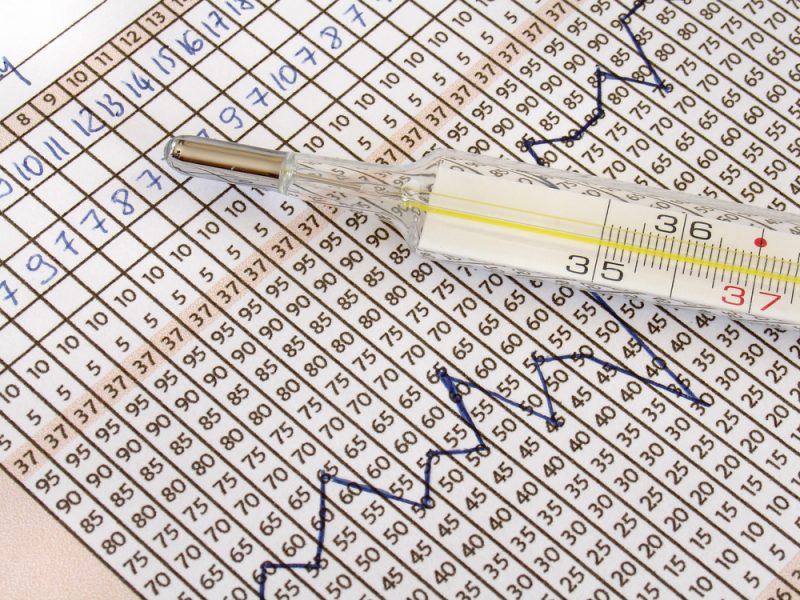When you start trying to pregnant, you’re going to find yourself receiving advice from all sides. Whether or it’s useful or specious, welcome or completely unsolicited, it can be overwhelming. From highly technical medical advice to what amounts to little more than folklore about the best way to conceive a boy (whether not you’ve expressed a preference), sorting the tips that might actually help and working out how to put them into action is quite a task.
Today we’re taking a look at Basal Body Temperature. It’s a term that you’ll start hearing a lot from doctors, from fertility health resources and from friends who are anxious to help, but what does it mean and how can understanding your basal body temperature help you get pregnant?

What is BBT?
The average human body temperature when you’re active is 37ºC. This drops significantly when you sleep, though – as your metabolism drops to its minimum so does your body temperature. For most people this is around a full degree centigrade lower than their daytime average.
This is low, minimum core temperature that your body drops to during a period of extended rest.
Why is it Important?
Your basal body temperature isn’t a static value: it changes across days and weeks in response to changes in your body’s processes – including ovulation. These changes are small, measured down to the level of single tenths of a degree, which means that they can swamped by your metabolism during a normal day.
Taking your core temperature immediately after you wake lets you see your BBT and you can use the results to detect and even predict ovulation.
Charting Your BBT
If you record your BBT every day, and mark each reading on a chart, you can watch it rise and fall over the course of a month. If you recognise the pattern you need to look for, that chart will reveal when you’re due to ovulate!
What you’re looking for is a small dip, followed by a sustained rise. Immediately before ovulation, a woman’s BBT is normally between 36.1 ºC and 36.4 ºC, and then afterwards it rises to 36.4 ºC – 37 ºC – the precise amount varies from women to woman, but the important thing is that pattern of drop followed by rise.
Technological Help
It can be quite onerous, recording and charting your BBT manually. A fertility tracker takes on the hard work of taking temperature readings and can even use computing (either onboard or in the cloud) to compare your temperature results and personal data (like your cycle length, age and weight) with others in your profile and make predictions about your next ovulation date, allowing you to target your attempts to conceive on the days when you’re more likely to succeed!